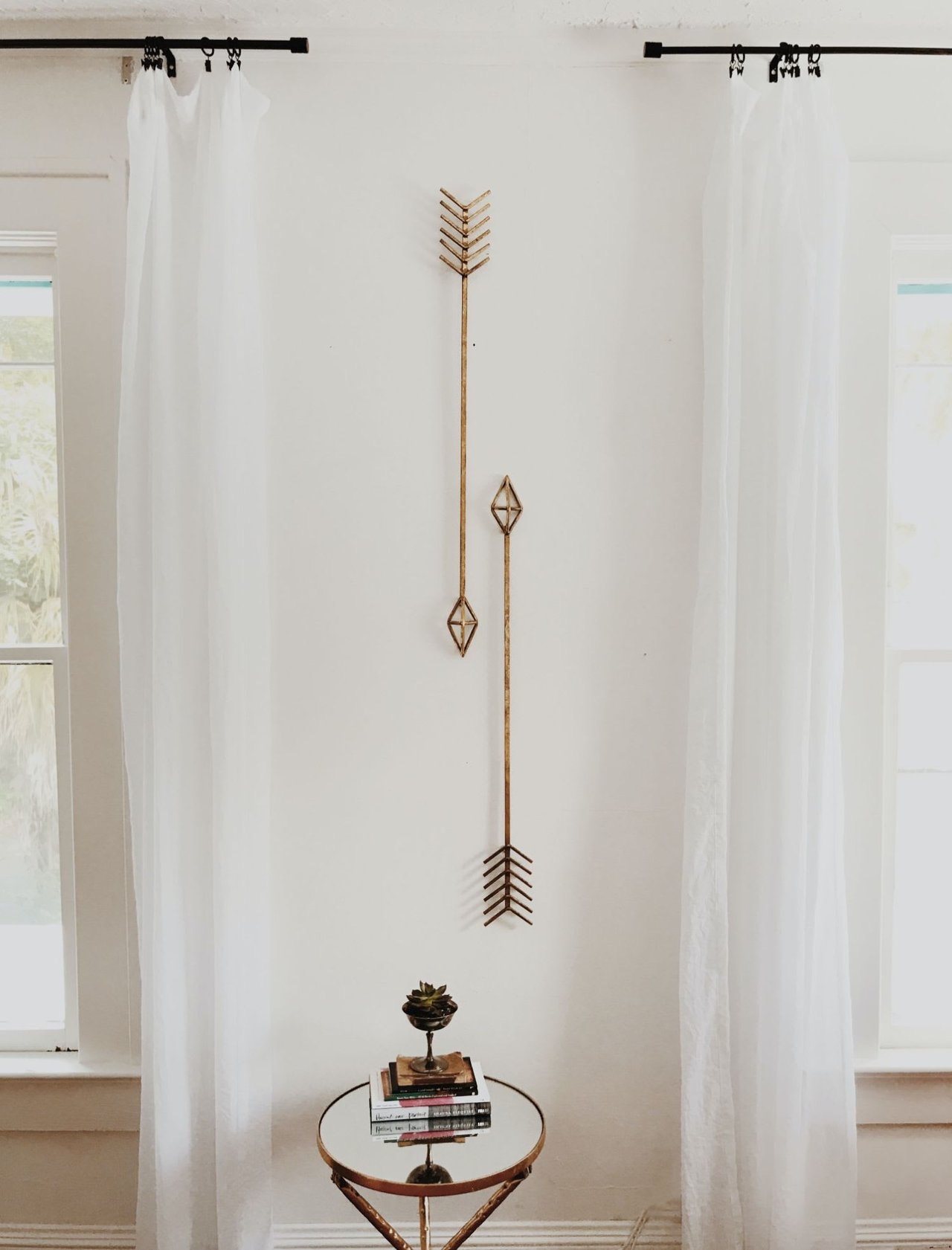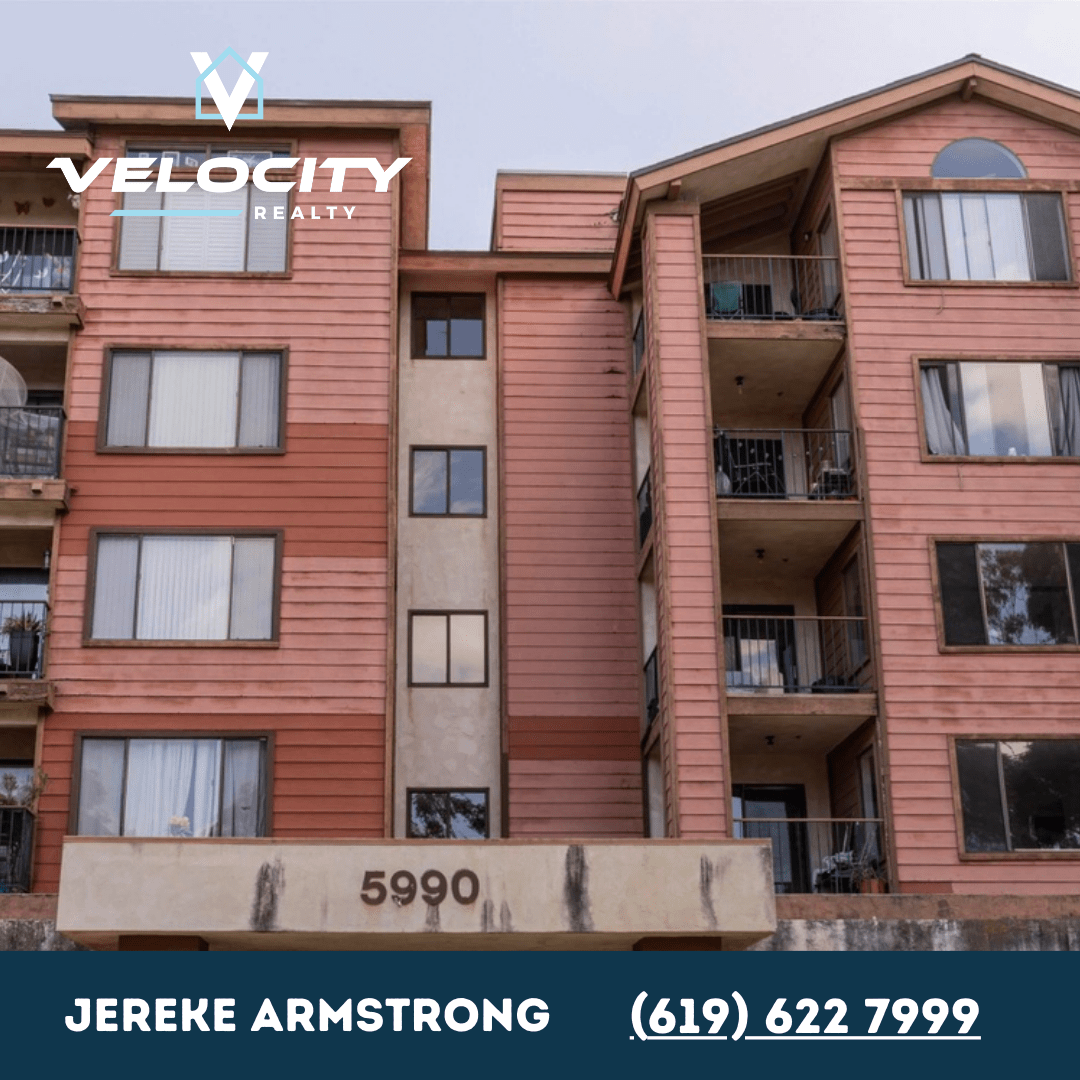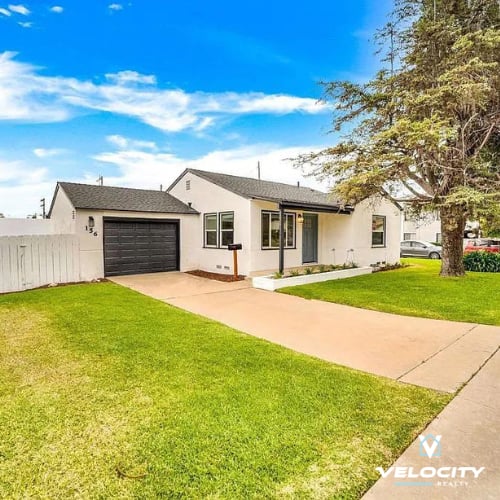Home Loan Basics
Velocity Realty October 2, 2024

Velocity Realty October 2, 2024

Home buying comes with its own language and acronyms, from amortization and title insurance to APR (annual percentage rate), PMI (private mortgage insurance) and many more. Even the words “mortgage” and “loan” can get confusing. These often get used interchangeably, but they’re actually two different things.
The lender makes a loan that allows you to purchase a property. You sign a promissory note pledging to repay that money (known as the principal) with interest over a certain period, typically 15 or 30 years.
A mortgage is a legal document you sign and give to a lender. The mortgage provides security for the loan, meaning the lender can take back the home if you stop paying on the loan. In some states, the legal instrument is called a “deed of trust” rather than a mortgage.
Once you pay off the loan, the lender releases the mortgage and has no further claim to the property.
Homebuyers can also elect to have a fixed interest rate for the life of their loan or opt for an adjustable-rate mortgage (ARM).
A fixed-rate mortgage, true to its name, locks your interest rate for the length of the loan. You won’t need to worry about your rate changing with the economy. That means your principal and interest portions of your monthly mortgage payment won’t change, either.
An adjustable-rate loan has a variable rate that can go up or down at different times during the life of the loan. There’s a host of different types of ARMs, each of which carry their own potential risk and reward.
An adjustable-rate mortgage will typically begin with a lower interest rate than what you’ll find on fixed-rate loans. That lower rate means you’ll have more money in your pocket, which can even help you qualify for a bigger loan. The rate on an ARM is subject to change depending on a host of outside economic factors. If rates are steady or falling, that can help keep your adjustable rate under control.
The risk of ARMs is rooted in their uncertainty. A traditional 1-year ARM comes with a low interest rate that’s subject to adjustment on an annual basis. That adjustment is tied to an economic index, often the one-, three- or five-year Treasury securities. In addition, lenders will tack on one or more percentage points, known as the “margin.” So your rate is the sum of the index rate and the lender’s margin.
But there are also ARMs that adjust monthly or biannually. In addition, there’s an entire class of “hybrid ARMs” that have a fixed interest rate for a certain period before becoming eligible for annual adjustments.
For example, a 5/1 hybrid ARM features a fixed interest rate for five years before adjusting annually. That period of fixed interest gives borrowers an initial degree of certainty regarding their payment.
Adjustable-rate mortgages with government-backed programs provide homebuyers additional protection. A VA ARM features a government-mandated 1/1/5 cap.
Here’s what this means:
Choosing between a fixed-rate and an adjustable-rate mortgage can be difficult. A lot of homebuyers who opt for an ARM want or need the upfront savings and look to refinance once the loan becomes eligible for annual adjustments. Others don’t plan to live in the property for a long time and want to tap into the lower interest rates.
But refinancing or selling your home isn’t always easy – or cheap. It’s impossible to know exactly what the future holds. Do your best to plot out the hypotheticals before choosing your rate option, and make sure to get your lender’s assistance in crunching the numbers.
The mortgage term determines how long you’re scheduled to make payments before the loan is paid. The term length also affects how much you pay each month toward the loan’s principal balance and interest.
The most common mortgage terms are 30 years and 15 years, although there are other options available. Loans with 15-year terms tend to come with lower interest rates than those with 30-years terms. The chief benefit of a shorter loan term is that you pay less in interest over the life of the loan. The downside is a bigger monthly payment because of that accelerated timeline.
Let’s look at a fixed-rate $200,000 loan as an example:
That’s a significant savings because of the shorter loan term. But your monthly principal and interest payment jumps by nearly 50 percent.
Consider how long you plan to live in the home, how much of a housing payment you can afford and other factors when thinking about your mortgage term.
In addition, many home loans today don’t have any kind of prepayment penalty, which means you can pay off the loan early without taking a financial hit. Tacking on additional money every month or year toward your principal balance can help you build equity faster and pay off your loan sooner, even with a 30-year mortgage term.
Not all home loans are created equal. Some mortgage types will be a better fit for you than others.
Home loans are broadly divided into two categories: government-backed loans (including VA, FHA and USDA loans) and conventional loans (those that aren’t guaranteed or insured by the government). They each come with benefits and drawbacks, all of which impact consumers in different ways.
For so many veterans and service members, the VA loan program represents the most powerful mortgage product on the market. VA loans come with no down payment, no mortgage insurance, more flexible requirements and other big-time benefits.
But a home loan isn’t a one-size fits all product. Everyone’s homebuying journey is different. When you’re talking with lenders, the focus should be on finding the right loan for you – the one that makes the most sense given your credit, your finances and your homebuying goals.
So what’s the best loan for you? Like so many things in life, the answer is: It depends. A good loan officer can help you weigh the pros and cons of all your options.
Generally, FHA loans might be a good fit for buyers with low credit and little cash to put down. USDA loans could be a good fit for buyers looking in more rural areas. VA loans can be a great fit for qualified buyers who don’t have great credit or a 20 percent down payment. And conventional loans can offer a lot to buyers with excellent credit and solid down payments.
For veterans and service members, just knowing VA loans are out there is critical. Being able to compare rates, costs and terms across different loan types helps buyers get the most from their dollar.
A VA loan isn't going to be the right fit for every military buyer. Veterans with great credit and enough cash to put down 20 percent would want to take a long, hard look at conventional loans. But that kind of financial picture isn't the norm for many veterans and military families. That's a big reason why the historic VA loan program is more important today than ever.
Velocity Realty is more than just a real estate company—we're your trusted partner in achieving your property goals with speed and precision. Whether you're buying, selling, or investing, our experienced team is committed to delivering results that exceed expectations. Stay connected with us for the latest updates, real estate tips, and success stories by following us on Facebook, Instagram, and LinkedIn. Join our community and let us help you navigate your real estate journey with confidence!
Stay up to date on the latest real estate trends.

Understanding Mortgages and Loans: Key Differences

Building Wealth through Smart Homeownership

Buyers Advice: Explore different type of loans

Everything you need to know

Conventional Financing: A Closer Look

5990 Dandridge Ln, Unit 173

10-Unit Apartment Complex at 4416 47th St

Just Sold! 6919 Cibola Rd San Diego, CA 92120

Open House | For Sale | 156 4th Ave, Chula Vista, CA 91910
You’ve got questions and we can’t wait to answer them.